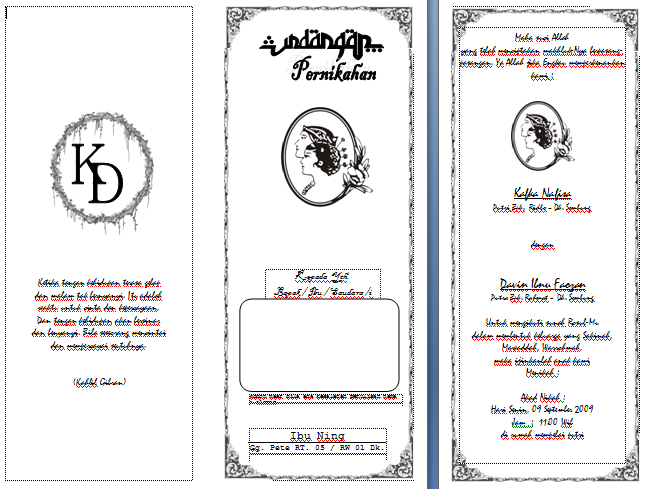
Programmu Kenguru Shag Prizhok Povorot
Part 70 of the Bhagavad Gita for Awakening Before continuing, we should first be reminded that what is said of Brahman and Prakriti is also to be applied to the individual spirit–purusha–and its individual energy levels–prakriti. Beginningless source “Know that prakriti and purusha are both beginningless, and know also that the modifications and the gunas arise from prakriti” (13:19). This verse is quite pivotal for our correct understanding. First of all, both prakriti and purusha are eternal–without beginning, and therefore without end. This means that prakriti is not a dream or mirage, something that will cease to exist when realization is attained, though our mistaken ideas about prakriti will melt away.
Prakriti is like the screen in a theatre. The movie will end, but the screen with remain. Next, all things originate in prakriti, and so do their modifications; for the gunas, the primal building blocks of manifestation, themselves are prakriti.
 Swami Shri Prempuriji Ashram Trust. This site is dedicated to the everlastingly holy memory of a sage, vedantic philosopher and social visionary of India, the late Swami Shri Prempuriji Maharaj. The Prempuri Ashram Trust is an organization founded in 1967 by devoted followers of Swamiji to fulfill his vision and resolve of building a centre.
Swami Shri Prempuriji Ashram Trust. This site is dedicated to the everlastingly holy memory of a sage, vedantic philosopher and social visionary of India, the late Swami Shri Prempuriji Maharaj. The Prempuri Ashram Trust is an organization founded in 1967 by devoted followers of Swamiji to fulfill his vision and resolve of building a centre.
(The next chapter will be about the three gunas.) Two important ideas come into play here: 1) Nothing ever comes from spirit (purusha) or is done by spirit. 2) As Poe said: “All that we see or seem is but a dream within a dream”–namely, prakriti, the creative energy. Therefore, although we must never forget our essential nature as spirit, everything in our experience–in the field–is an objectification of mula-prakriti, the root-energy from which all things are formed. Cvetomuzika na ekrane monitora programmu. For this reason yoga is very much a matter of prakriti, for it is prakriti that needs to be refined and evolved to become a perfect reflection of the purusha.
That alone is liberation. So yogis pay great attention to such things as morality, diet and health. Meditation practice itself entails certain necessary elements, which is why Patanjali lists asana, pranayama, pratyahara, and dharana as prerequisites for meditation. (See Pranava Yoga: Divine Word Meditation.) To cultivate a false, abstract “spiritual-mindedness” that denies or ignores prakriti is to be in error. For: “Prakriti is said to be the cause in the producing of cause and effect [action and reaction].
The purusha is said to be the cause in the experiencing of pleasure and pain” (13:20). This verse is extremely difficult to translate. The idea is that prakriti is the source of both action and the instrument of action, but purusha is the source of the internal experiences and internal reactions–“our experience of pleasure and pain”–that result from the movements of prakriti.
Consciousness is an attribute of the purusha. The more conscious we are–the more we identify with consciousness itself rather than objects of consciousness–the more “real” we are.